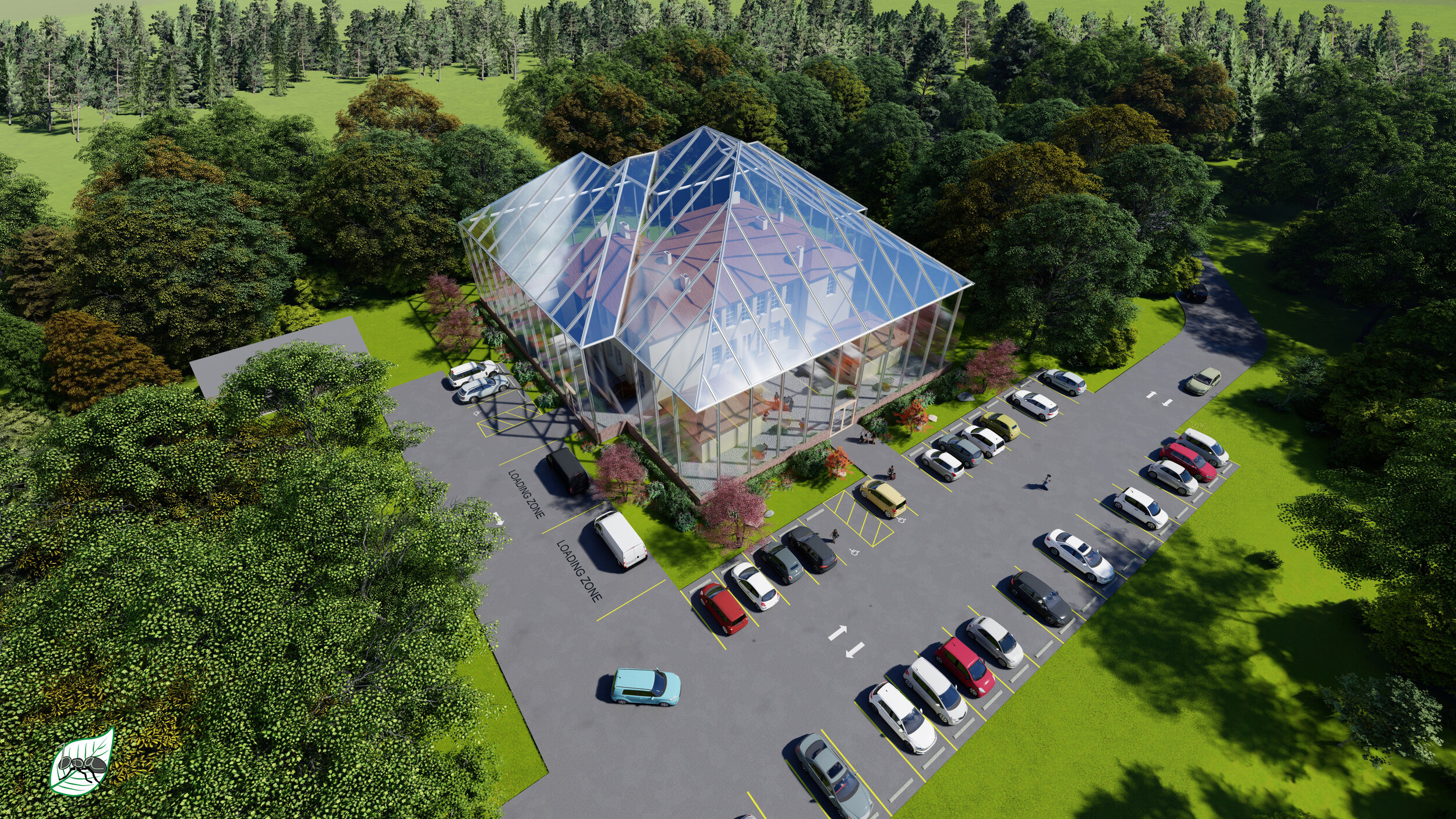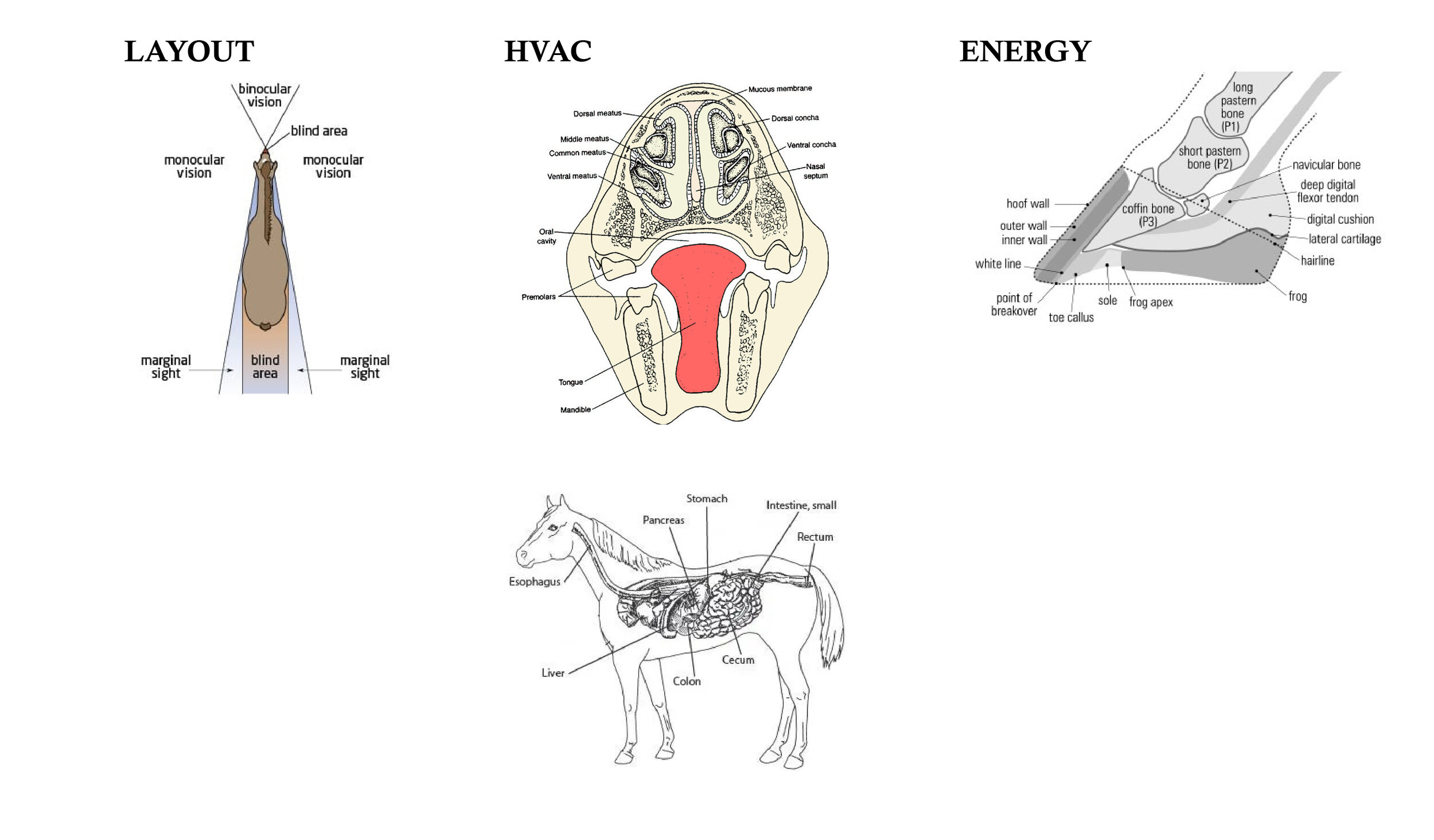The Omuli Horse Museum, Arts and Event Center Competition Entry
Task: redesigning and re-imagining a historical school building within the UNESCO-recognized North Latvia Biosphere Reserve. The Omuli Primary School, originally built in 1936, is planned to become a museum to educate visitors about the nature and history of local horse breeds. The structure will also function as a guest house and artist-in-residence living and workspace. A traditional Latvian sauna is also located on the property.
Biomimicry
Inspiration from the Scots/Scotch Pine (Pinus sylvestris)
Instead of completing costly repairs of the exterior of the structure, a protective layer in the form of a greenhouse comprised of 2-layered pressurized ETFE pillows will be constructed. The surrounding greenhouse structure allows the building to be weatherized and the interstitial space to be utilized independent of the external environmental conditions, for many years to come. The Scots pine is a keystone species in the Latvian ecosystem, forming the backbone on which many other species depend. Resin is a fluid that is secreted from certain plants, most commonly coniferous trees such as pine trees. Resins perform a number of functions in the plants that produce them. Resins seal over wounds, and this protects the plant from pests and infections. Resins contain antimicrobial properties that help prevent decay and fungal infections, and resins also seem to decrease water loss during droughts or plant injury.
The highly viscous and sticky resin is exuded under pressure within the tree structure. Conifer resin is synthesized and accumulated in specialized secretory structures of different anatomical complexity, ranging from scattered individual resin cells and sac-like resin cavities.
Resin produced by the tree while living can keep it standing when dead for 50-100 years. Similar to what the greenhouse is doing.



